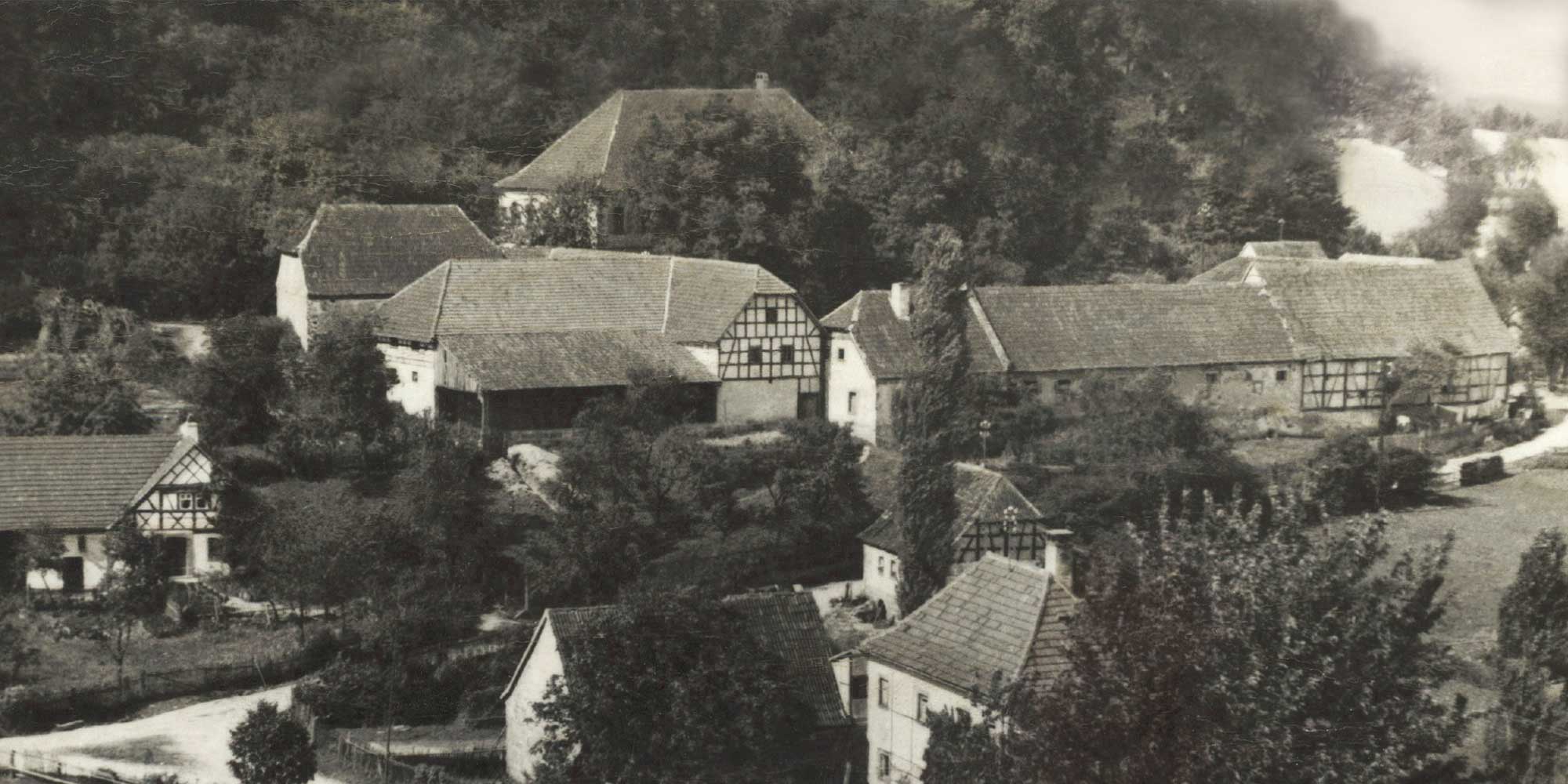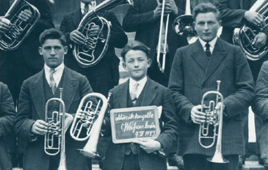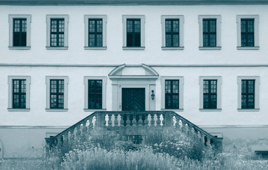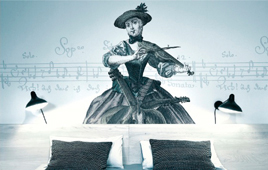Schloss Weißenbrunn through the ages
You can literally feel history in this very special place. A little overview with pictures.
Weißenbrunn
Hidden at the end of a side valley, at the foot of the Stachelberg, the highest hill in the southern Haßberge region, is the little village of Weißenbrunn. Its name points to the abundance of water in this area (because of the geological strata of Keuper spring horizons) and is derived from the Old High German words “brunno” (spring, fountain) and “wiz” (white, shining, bright), which combined might mean something like “place of the bright spring”. The village brook which flows into the Preppach river and from there into the Braunach river, had enough water to power two meal mills in former times.
Manor
The manor was first mentioned in 1330. It was destroyed in the 16th century Peasants’ War, and it is not certain, when and where the “little mansion”, as it was called in one document, was rebuilt.
Building the New around 1700
In 1698, an application to build today’s castle was filed by Georg Philipp von Boineburg, and granted by the bishop of Würzburg. The completion date of this building is not known. The French-style Baroque garden seems to date from the same construction period.
The Noble Family of Oberkamp
Among the changing owners of the Baroque castle, the Oberkamp family left a particular mark on the building. They were resident in Weißenbrunn for over 100 years. During that period, the family had major refurbishment work done, and probably also had the English landscape park laid out. You can still see the family name on an old boundary stone of 1831 in the forest at the foot of Stachelberg.
Castle Owners of the 20th Century
In the early 20th century, the Schönlau family from Westphalia came to Weißenbrunn, living in the castle for over 70 years and farming the estate.
In 1980, the castle was sold to Bamberg stone restorer, Ulrich Bauer-Bornemann, who initiated comprehensive restoration work, laid out the English landscape park and French-style Baroque garden anew, and had his second home in Weißenbrunn until 2016.
Since 2016, the Baroque castle has been owned by Wolfgang Kropp and Pia Praetorius who restored and remodelled it. In 2019, Wolfgang Kropp established the Schloss Weißenbrunn Foundation. It is intended to safeguard the long-term preservation of the castle and at the same time to make possible the development of the former manor into a stronghold for music and the arts.



